Posts Tagged: Pesticides
That Milkweed You Buy at Retail Nurseries May Contain Pesticides
It's Sept. 4, 2019. We notice a monarch butterfly laying eggs on milkweed in an enclosed...
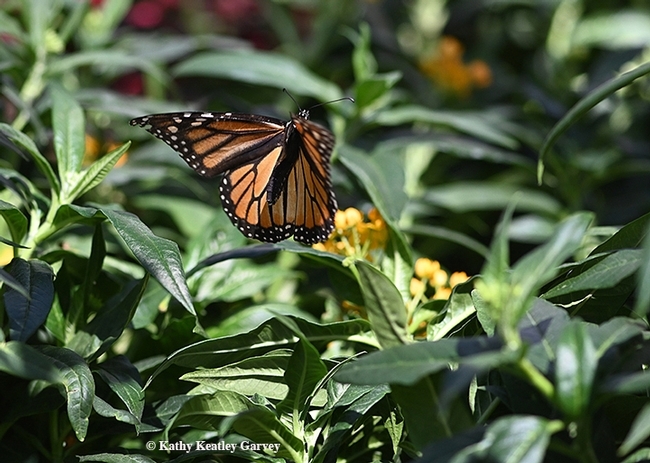
A monarch laying eggs in a Vacaville retail nursery on Sept. 4, 2019. (Photo by Kathy Keatley Garvey)
Scott McArt: The Risk of Pesticides to Pollinators
"The use of synthetic chemical pesticides is central to current agricultural practices...
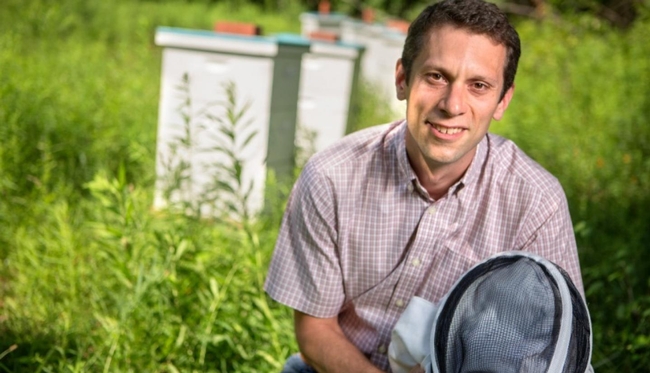
Scott McArt of Cornell will speak on "Pesticide Risk to Pollinators: What We Know and What We Need to Know Better" at the Wednesday, May 4 virtual seminar hosted by the UC Davis Department of Entomology and Nematology.
National Honey Bee Day 2018: Brush up on your knowledge of bee protection.
Celebrate National Honey Bee Day by brushing up on your knowledge of bee protection—check out the newly revised Best Management Practices to Protect Bees from Pesticides and Bee Precaution Pesticide Ratings from UC IPM. These resources will help you strike the right balance between applying pesticides to protect crops and reducing the risk of harming our most important pollinators.
The best management practices now contain important information regarding the use of adjuvants and tank mixes, preventing the movement of pesticide-contaminated dust, and adjusting chemigation practices to reduce bee exposure to pesticide-contaminated water. The Bee Precaution Pesticide Ratings have also been updated to include ratings for 38 new pesticides, including insecticides (baits, mixtures, and biological active ingredients), molluscicides (for snail and slug control), and fungicides.
Most tree and row crops are finished blooming by now, but it is a good idea to learn about bee protection year-round. Visit these resources today to choose pesticides that are least toxic to bees and learn how you can help prevent bees from being harmed by pesticide applications.
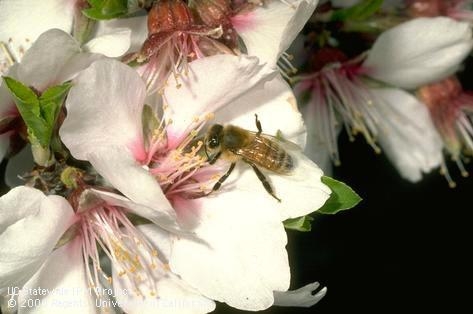
The Buzz About Honey Bees and Marijuana
Extension apiculturist emeritus Eric Mussen of the UC Davis Department of Entomology and...
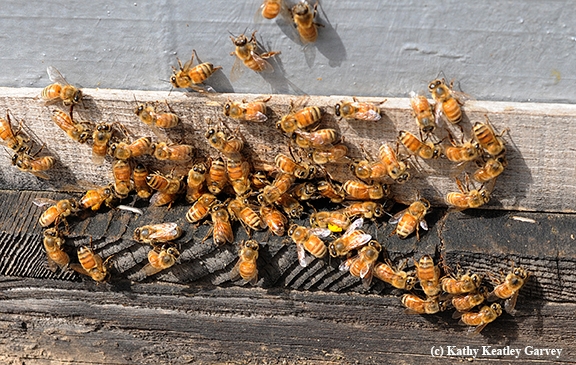
Honey bees laden with pollen returning to their colony. (Photo by Kathy Keatley Garvey)
Neonics Severely Affecting Queen Bees
Everyone from scientists to environmentalists to beekeepers are clamoring for more research on the...

A queen bee circled by her retinue. (Photo by Kathy Keatley Garvey)
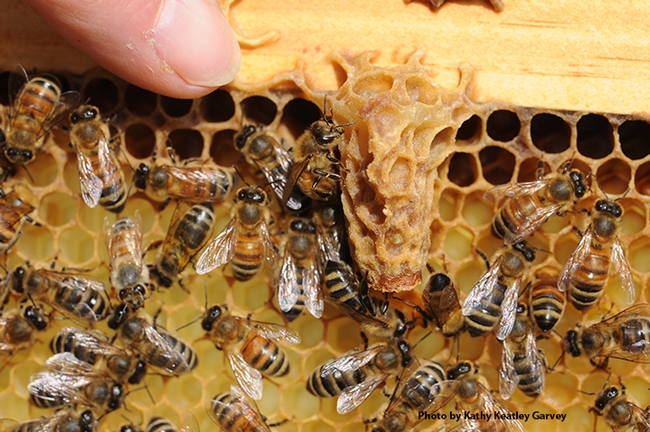
Worker bees cleaning out a queen cell. (Photo by Kathy Keatley Garvey)

A bee breeder's queen cells. (Photo by Kathy Keatley Garvey)